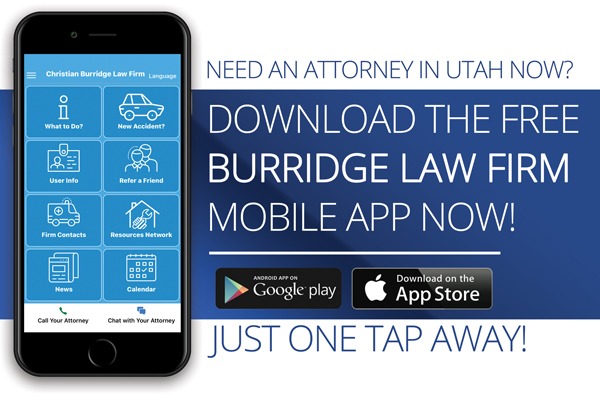Being rear-ended can be jarring and disorienting. Knowing exactly what to do in those critical first moments can protect your health, safety, and legal interests.
Safety First: Check for Injuries
Before anything else, assess yourself and your passengers for injuries. Even minor collisions can cause whiplash or other injuries that aren’t immediately apparent. If anyone is hurt, call 911 immediately and try not to move the injured person unless necessary for safety.
Move to Safety if Possible
If your vehicle is drivable and blocking traffic, carefully move it to the shoulder or a nearby parking lot. Turn on your hazard lights to alert other drivers. If you can’t move the vehicle, leave it where it is and get yourself to a safe location away from traffic.
Call the Police
Even for minor rear-end collisions, it’s important to have an official police report. Call the non-emergency police number unless there are injuries or significant road hazards, in which case call 911.
Exchange Information
While waiting for police, exchange contact and insurance information with the other driver. Get their:
- Full name and contact information
- Insurance company and policy number
- Vehicle make, model, and license plate number
- Driver’s license number
Document the Scene
Use your smartphone to take photos of:
- Damage to all vehicles involved
- The overall accident scene
- Road conditions
- Any visible injuries
- Traffic signs or signals in the area
Taking these immediate steps sets the foundation for a smoother claims process and protects your interests in what can be a stressful situation.



